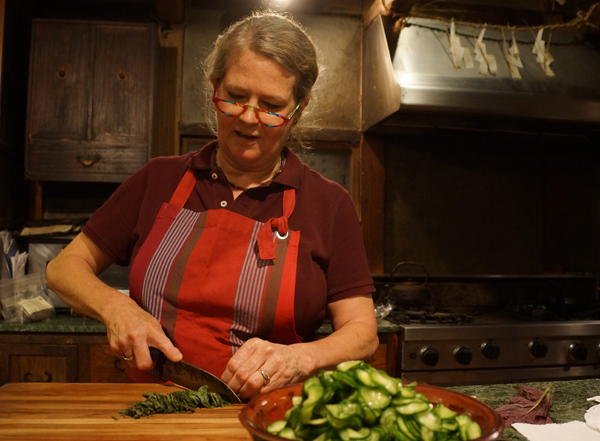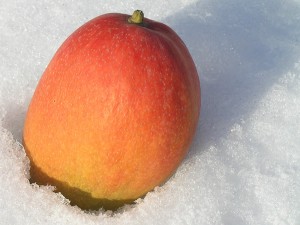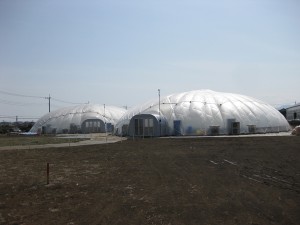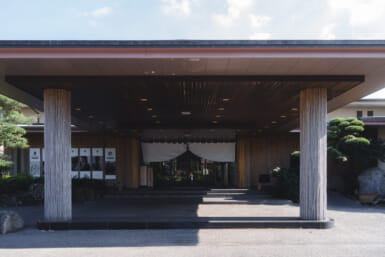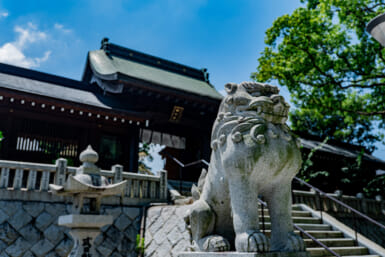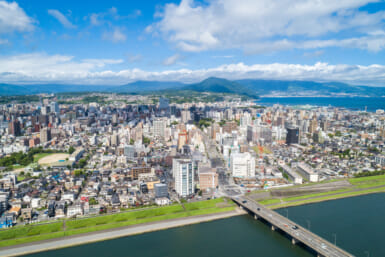What is a snow mango? And who is that Californian woman living the good life in rural Saitama, writing recipe books based on her life on an organic farm? Perhaps the biggest question: how could all this help drive the Japanese economy forward? We found out that a new Government campaign is celebrating and championing Japan’s rural recovery in an intriguing new way.
Challenges Japanese agriculture already faces – an ageing farming population, declining income and a shortage of people seeking to make their living in traditional ways – have recently been exacerbated.
A lasting global recession and stronger than ever yen have meant that exports are no longer so profitable and the 2011 earthquake, tsunami, and associated problems in Fukushima were further damaging.
There is a need to restructure, re-prioritize and modernize in order to make viable the traditional primary industry of the nation. The Farming Frontier initiative is a big part of the move to rebuild and transform local economies and revitalize agriculture into a growth industry. The idea starts with people.
The Japanese government expressed the notion in 2011 of holding a ‘Festival for Food, Agriculture, Forestry and Fisheries.’ The concept brings together consumers, industry and local governments and the latest effort is to showcase the work already done at Tokyo Big Sight on December 1st and 2nd. Visitors to Farming Frontier (at Tokyo Big Sight on December 1 – 2) will have chance to learn about the producers who are innovating as well as to witness perhaps the easiest way of linking agriculture and consumers – food on a plate.
Star chefs from Europe – Thierry Marx, who holds two Michelin stars at his restaurant in France and cooks modern, slightly unconventional food and a Dane, Thorsten Schmidt, member of the Nordic Food Lab, a food research lab hosted by the owner of Noma, one of the world’s top restaurants – will be on hand deliver a presentation on how to make the most of Japan’s world class produce and “send out a message about the new possibility of Japanese foodstuffs to the world.”
There will be a farmers’ market and the chance to try and buy many food items, with many producers showcasing their region’s local food specialties – so often the star when you travel around Japan – and even competing in a Grand Prix of what is known as B-class-food.
Foreign students in Japan will be showing what they can do with international dishes using only local ingredients. Those who enjoy sake, or want to learn more about its production or indeed great ways to enjoy it will be looked after on Sake Street and there will be a chance to meet some of the people who are making some of the latest innovations possible.
Booths from the affected areas will particularly impress upon people the strength of Japanese agriculture and the efforts of people involved to recover from the earthquake and tsunami, and their exhibits and activities will have special notices to help you spot them.
Read on to find out about some of the most interesting exhibits and projects that will be on display at Farming Frontier.
Nancy Singleton Hachisu
Country customs are the heart of Japan and part of the whole society. Losing them will be a big disaster for all of Japan,” says Nancy Singleton Hachisu, who speaks passionately in the video, above, about the need to keep hold of Japan’s traditions. As a Californian who has moved to Japan and set up home with her farmer husband Tadaaki in Saitama, she is perhaps an unlikely champion for the philosophy that she truly lives.
Hachisu (pictured in the main image at the top, in her kitchen) has recently had her first book published which, as well as being a gorgeous collection of around 160 recipes with photography that helps us understand the connection between farm and plate, tells of her life working as a teacher and writer from her farm/school in Kamikawa-machi and of her connection with Japan.
The Japanese Farm Food bookwas released this autumn and Hachisu has been touring the United States with it, getting great reviews and spreading the word about organic, free-range farming and the seasonal produce of Japan. “Food is how I look at life,” Hachisu says in the run up to an appearance at the Farming Frontier event back here in Japan in early December. Living the good life in the country is about as far away as possible from spending time amongst thousands of people at Tokyo Big Sight but, as most of the attendees will share a passion for food, she will surely feel at home.
The Snow Mango
What does a mango have to do with snow and why have farmers in one part of Hokkaido found that tropical fruit and wintry flakes might be the perfect partners? Essentially, in order to have a mango in Japan in winter – particularly in December, the traditional gift-giving season when many people want one – you have to trick it.
Due to the environmental – and financial – cost associated with artificially cooling and heating greenhouses in which mangoes are grown, many farmers don’t bother. In summer the plant must be taught to bud, and the only way to do that is bring the soil to a temperature below 10 degrees. In Obihiro, Hokkaido, local entrepreneurs tasked with finding an agricultural boost to the area may have found their perfect project.
Much of the snow which lies on the ground around Obihiro remains until summer and by running cold snow melt through pipes beneath the soil, an efficient way to lower soil temperature and persuade the plants to bud has been found. But then how do you ‘replicate’ spring and summer temperatures and ensure winter harvest is possible?
Luckily Obihiro is also abundant with hot springs, so hot water from a natural source is channeled through the pipes, raising the temperature and providing perfectly plump mangoes at a time previously thought impossible. After trial seasons over the last couple of years with 10 trees in a plot of about 60 sq m, the mangoes should be ready for their first commercial harvest from a larger plot in November 2013. Taste tests so far, including by expert growers from Miyazaki who initially gave encouragement to the project, are positive and around 1,500 fruits are expected to hit the shelves in 2013, providing much hope for the region’s export market.
Okinawa Kocha
Many thought it was impossible to successfully grow crops in the north of Okinawa. The soil is too acidic for much to grow but local agricultural entrepreneur Mr. Higa saw an opportunity. Red soil which drains well and an abundance of sunshine, he spotted, would allow tannins to develop perfectly in a tea plant – the perfect situation, he saw, to take on the challenge of bringing profitable tea cultivation to the area near the Yanbaru mountains.
After devoting himself to an uncompromising trial and error process, Mr. Higa finally created a product was ready to hit the market and become a new and distinctive local product. With a “pronounced yet refreshing” flavour, it is hoped that the number of partner hotels in Okinawa will grow and one more item on the breakfast table of Okinawans can be locally sourced.
Creating the Future of Farming: The Gandpa Corporation
It’s really hard to grasp what your talent is. I feel this is the biggest challenge young people are facing,” says Takaaki Abe. Searching for a new challenge after 28 years as a bank clerk, Abe has turned over a new leaf in his life and has found new direction.
His company, Gandpa, has developed a dome that, while harnessing solar power, provides a space for hydroponic farming – the growing of vegetables in mineral rich water, without soil.
Gandpa’s domes can bring a viable farm to almost anywhere. As of August 2012, six of the domes have been erected in regions affected by the earthquake and tsunami of March 2011, including one at Rikuzentakata, in Iwate. With a diameter of 29 metres, the Rikuzentakata dome grows lettuce and provides efficient use of land with minimal construction or development.
Abe is passionate about farming and has a strong motivation to change the industry. He realises that there is a need to create an environment where young people are interested in entering the farming industry. He wants to make farming an attractive trade and create a “new breed of farmers.” His dream is simple but its aims ambitious: “If we do this right,” Abe says, “we can turn the tide on exports. And I don’t think it’s a fairytale for farmers to be able to make large profits from their produce.”
A New Citrus
Recovering from steady decline is all about adaptation. The islands of the inland sea to the south of Hiroshima were once a prosperous mikan producing region – their climate was right and the sun shone but as prices went down, so did the viability of such farming.
Now, with lemon growing as a valuable addition to their repertoire, and locally developed Ishiji Mikan – which has a confectionary-like flavour – and Haruka fruits popular in the export market selling well, the region is on the up. The decision to diversify goes further than simply adding varieties – marketing too is different.
That lemons go well with pancakes, for example, is one message farmers are keen to give; a true sign that this is progressive thought about produce that will run right through to the way it is treated by consumers.
To find out more about the Farming Frontier event and some of the other exhibitors, check out its official website (in English). The event takes place at Tokyo Big Sight on December 1 and 2 between 10am and 5pm. Entry is free.
Text by Matthew Holmes

